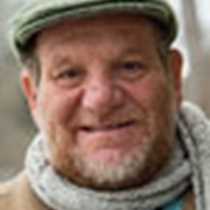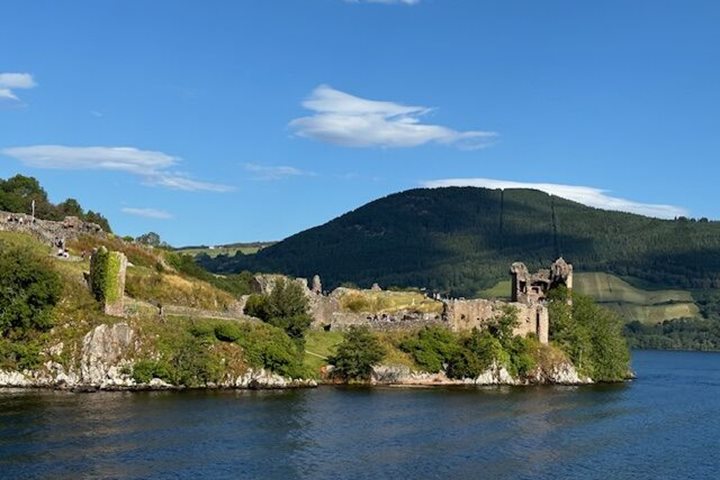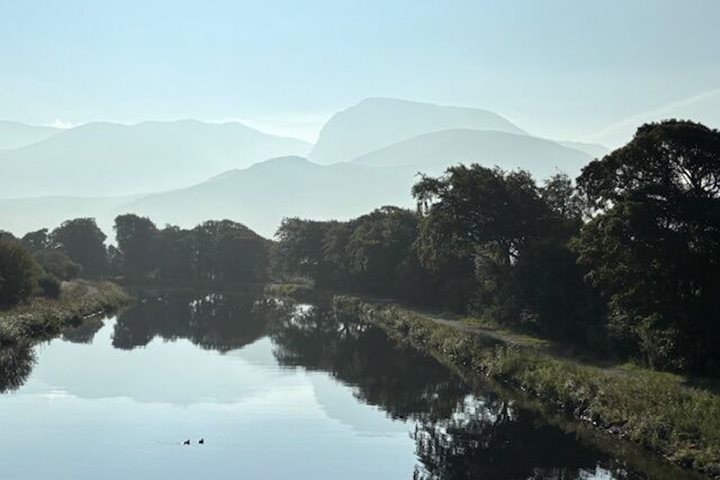We began our day by visiting Plockton, a fishing village created at the time of the Highland Clearances to provide alternative employment for families evicted from the land by the local landowner; like so many of his peers, he was replacing his tenants with more profitable sheep. The fishery eventually flourished with the herring but declined rapidly when the herring were fished out. Today, the village is an up-market holiday destination with a reputation for good food and simple but charming accommodation. The early morning sunshine before the visitors arrived provided perfect conditions for our keen photographers.
Moving on to Eilean Donan we encountered greater numbers of summer visitors at what is said to be the most photographed castle in Scotland. Its familiarity derives from movies like The Scarlet Pimpernel, filmed on location here. In its current form it dates from the opening decades of the 20th century and is thus representative of a Scottish Revival style that evolved alongside the Arts and Crafts movement. Originally the site of a Celtic anchorite’s cell, the castle name means Donan’s Isle, from the name of the sixth-century saint. It was rebuilt by a descendant of the McCrae clan whose castle ruin it was and inaugurated in the 1920s. The situation is incomparable with a natural tidal moat and mock mediaeval causeway; a photographer’s heaven. Weather conditions were perfect; a still day of early autumnal sunshine, the first such day for a long while and, by cruel fate, the day school resumed in Scotland after a long, wet summer break.
Over lunch we sailed for the Clan Donald Centre at Armadale to visit the excellent Museum of the Isles where we had an introduction to the complexities of history as it has unfolded in the Scottish Highlands. Following the museum visit there were optional hikes, photo walks, and a garden tour led by the staff. Of particular note in the garden were specimen trees brought back to Scotland from the New World by a celebrated generation of Scottish plant collectors, including a Nootka cypress and n an early ‘monkey tree’, the latter originally from Chile.
Before dinner we crossed back over the Sound of Sleat to the mainland to berth at Inverie, a small fishing community in Loch Nevis not connected by road to any other part of Scotland. The object of our visit here, as well as enjoying a sheltered berth for the night, was to visit Britain’s most isolated public house, The Old Forger Inn, where we enjoyed cask ales and bought the inevitable T-shirts.









